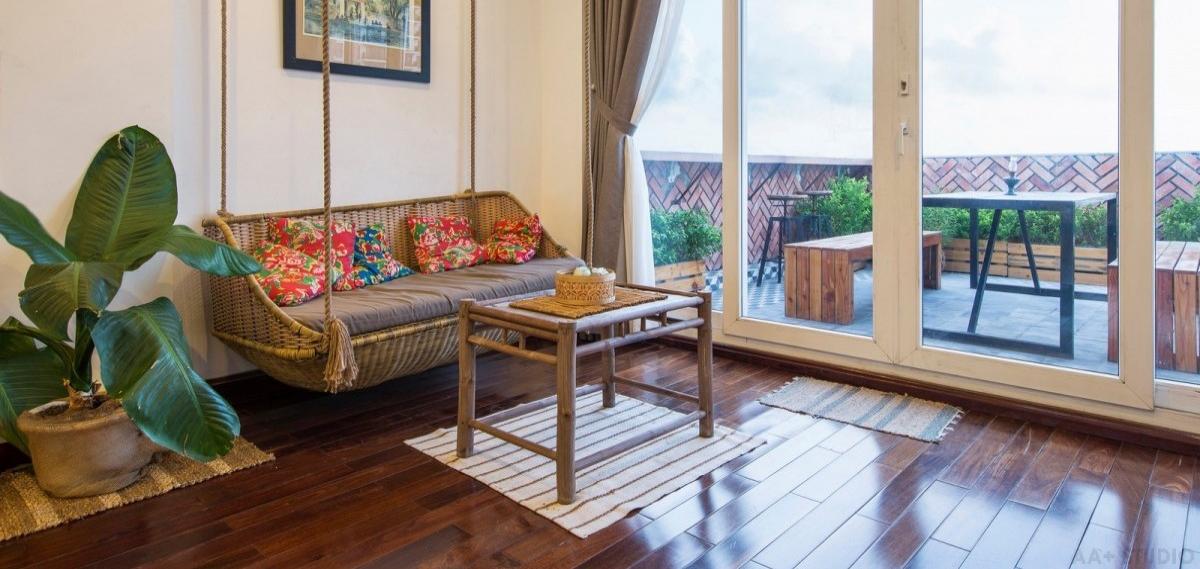Emerging in recent years as a tourism trend, homestay is a special form of accommodation for tourists who want to find new experiences. But how is homestay in Vietnam different from developed countries like Japan and Korea? Let's find out through the article below.
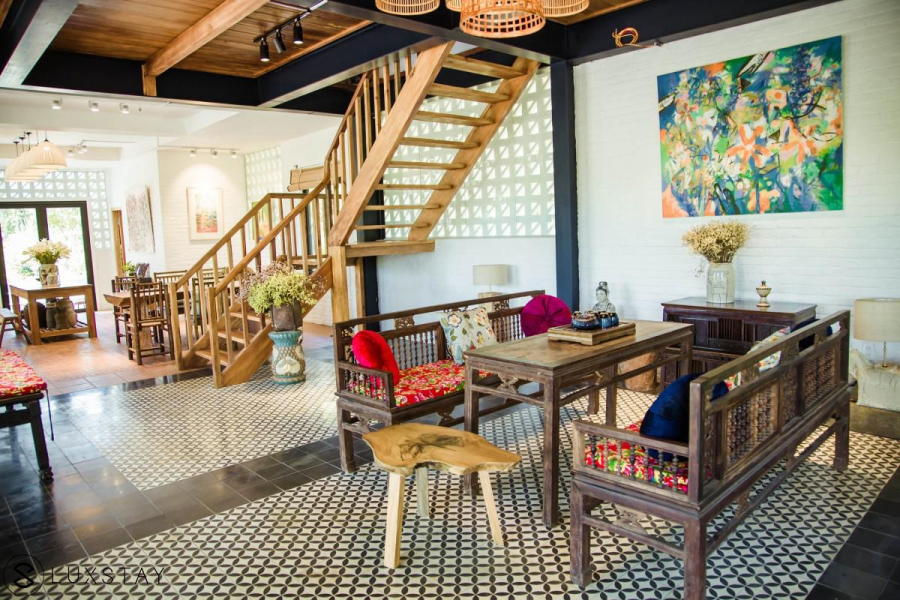
Korea
The easily recognizable feature of the architecture and interior of homestays in Korea is that they are divided into two distinct schools, traditional and modern. Traditional homestays are often called Hanok houses, featuring natural wood designs, curved domes, built according to the Besanimsu principle, also known as “leaning on the mountain facing the water”.
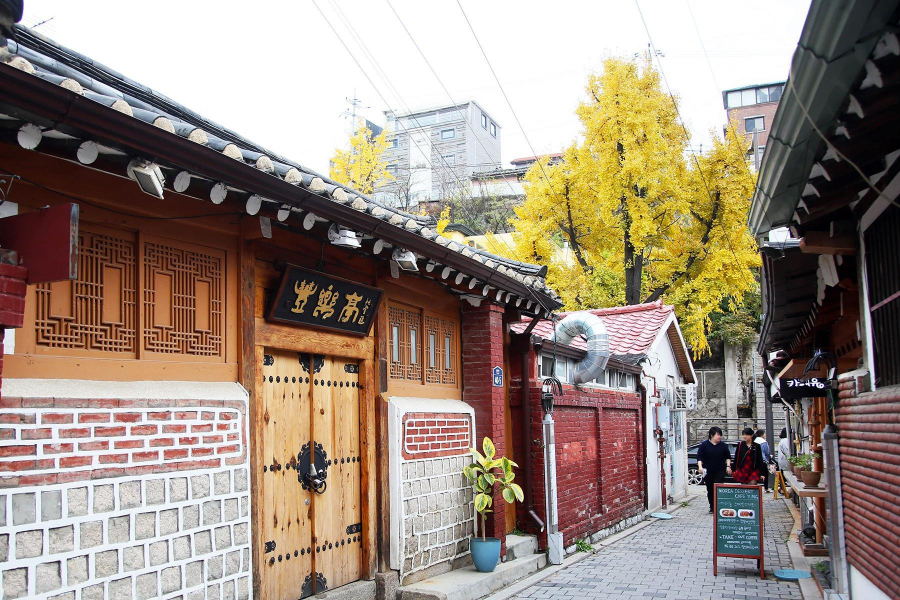
Different from the traditional ancient houses, modern homestays have a simple style, somewhat sweet as if coming out of “Korean Drama”. The interior of the house is often sweet, bright with many colorful walls, green trees, and natural light.
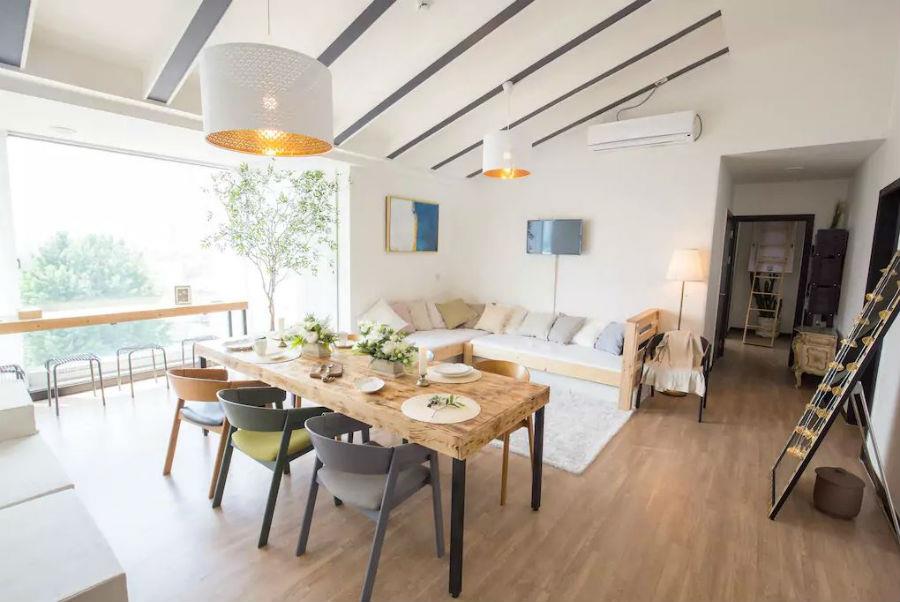
Experiencing tourism at a Korean homestay, you will feel a very civilized culture. Koreans strictly follow the rules, usually do not push and shove, traffic is always orderly. However, it should be noted that in Korea, not too many local residents know English, so you should learn some simple sentences to communicate in Korean.
Japan
Coming to Japan, you will feel a very unique Asian cultural color. Homestays in Japan are often designed in a minimalist way to save space. House architecture in Japan is often close to nature, focusing on feng shui. Some homestays built in the traditional style also have the characteristic of a roof that slopes down to avoid rainwater, different from the typical dome design of Koreans.
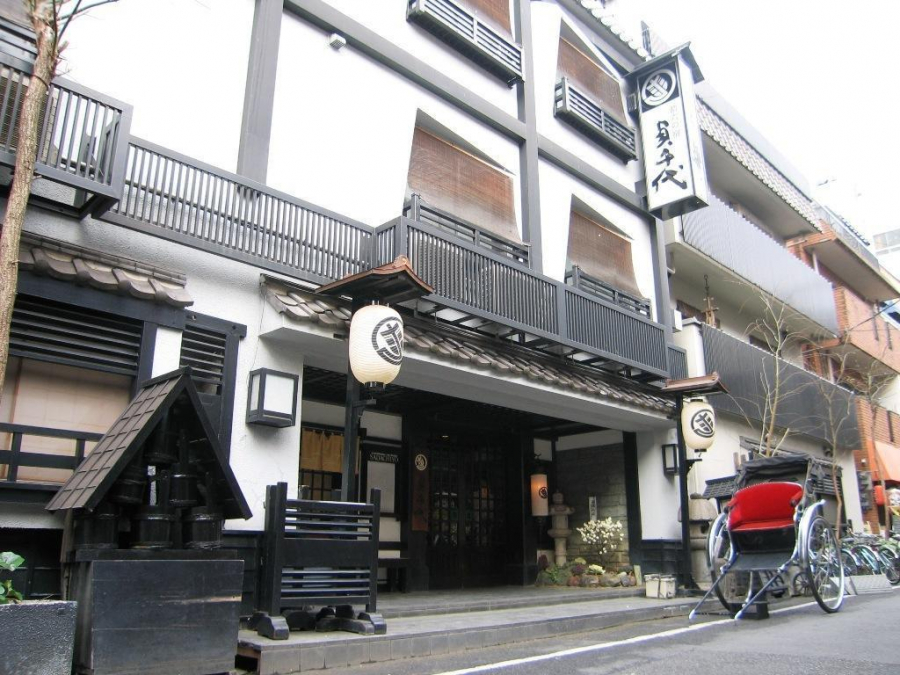
Coming to Japan, you will have the opportunity to experience and visit in detail the beautiful natural landscape, admire the majestic mountains, drive the train or enjoy delicious Japanese food. However, what people remember most when experiencing travel at Japanese homestays is the people of a sophisticated and polite culture. The host will instruct you on local rules such as taking off your shoes before entering the house, using the honorific “itadakimasu” before eating, not eating or drinking on public transport, and even… not leaving a “tip”. Preparing a small gift for the homestay owner is also a must in Japan.
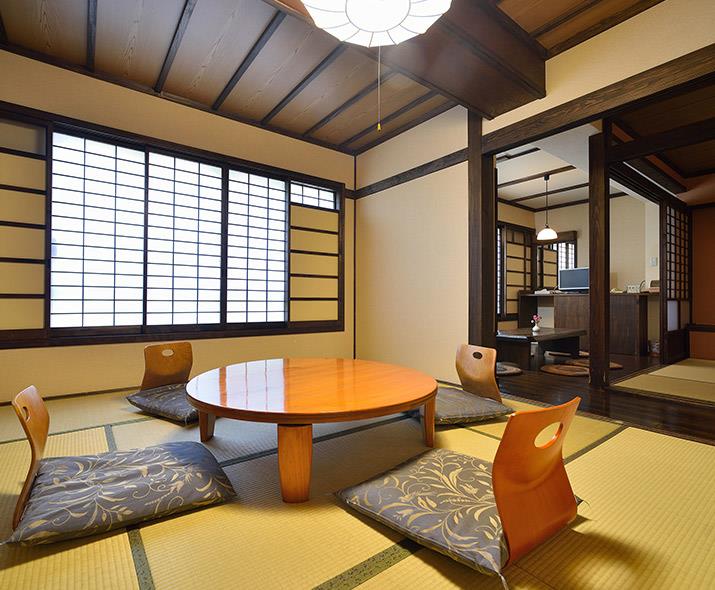
Vietnam
Although it has only been “introduced” to Vietnam in the past few years through online booking platforms, homestay has become an impressive accommodation trend that has been enthusiastically received by many “travelers”, from Vietnamese tourists to international tourists. With booking platforms like Luxstay, tourists have a myriad of choices for rooms and apartments in expensive tourist destinations.
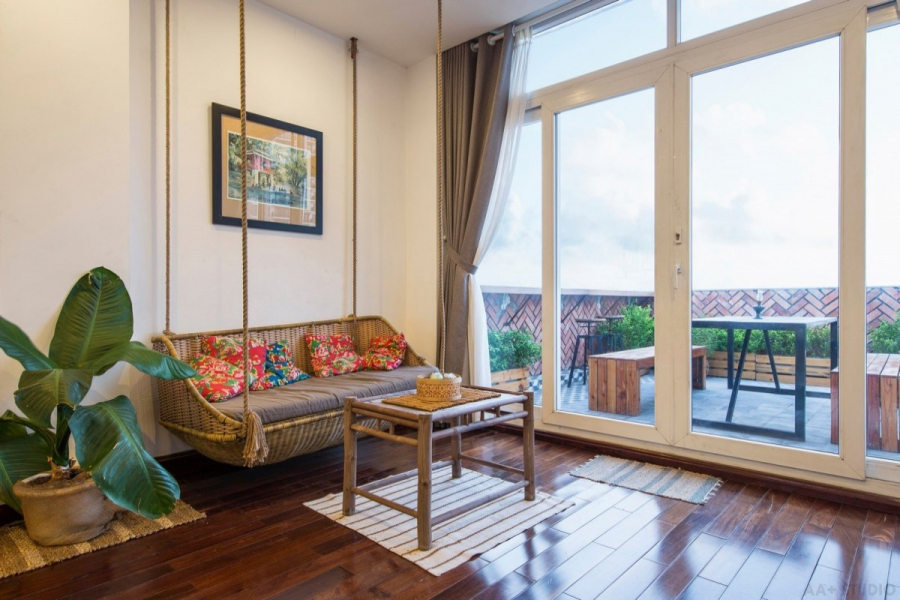
Each homestay is not simply a place to stay but also a work of art of the host with many different styles of space and architecture. In particular, although the homestay style in Vietnam is diverse, all still exude a very unique characteristic that only exists in the S-shaped country. Because of that, homestay has become a very "Instagrammable" "check-in" destination and a modern tourism trend of many young Vietnamese people today.
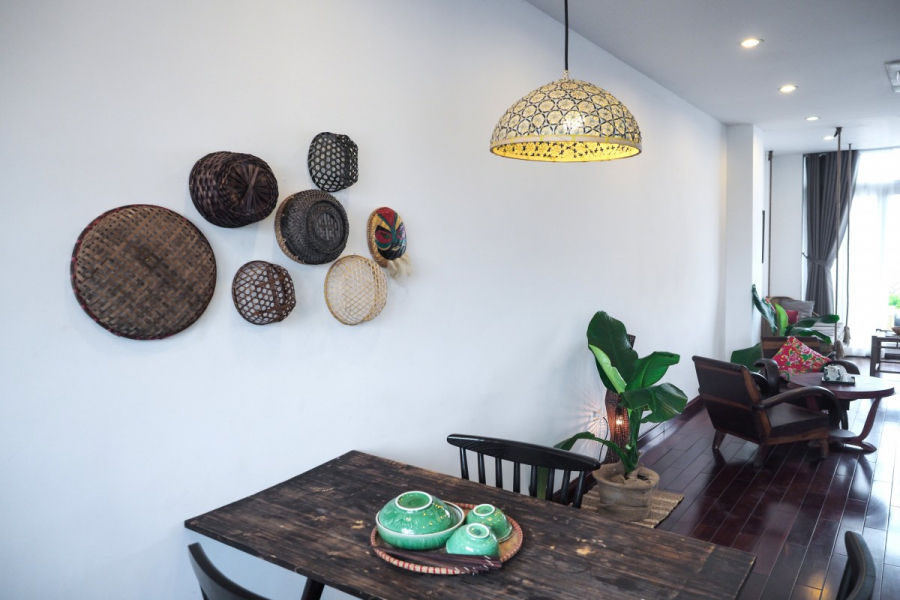
Unlike living with the host like in other countries, most homestays in Vietnam rent a whole room or a whole apartment, living separately from the host. Because of this separate feature, homestays in Vietnam often provide very good accommodation services.
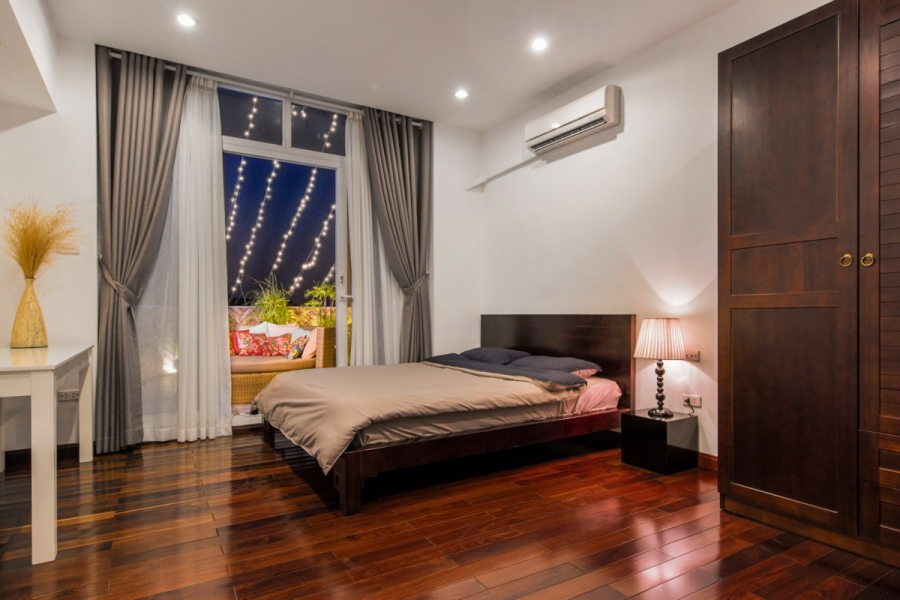
Guests coming to homestay not only get to relax, recharge in a completely separate space and enjoy comfortable moments with their friends and relatives, but also experience extremely unique and interesting local culture. Staying at a homestay in Vietnam is not simply a place to stay, but this means you are choosing for yourself a short vacation.
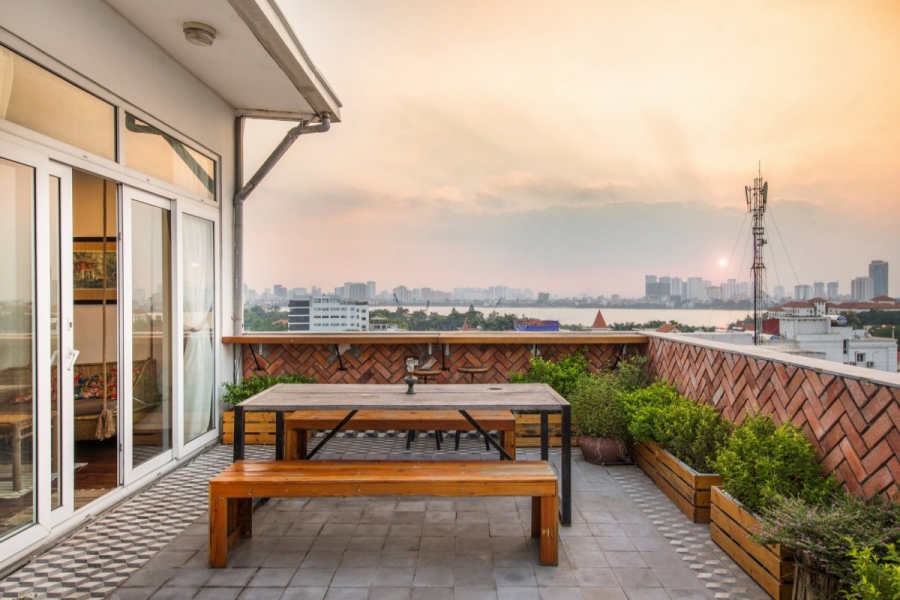
Luxstay
Website: https://www.luxstay.com/vi
Tel: 18006586 (free)





